Bioprinters use human cells instead of ink. Yes, scientists have long sought to create viable organs and parts of the human body using a 3D printer. Unlike conventional 3D machines that use plastic for their work, bioprinters take the cells of the human body as a basis in order to “print” tissues and organs.
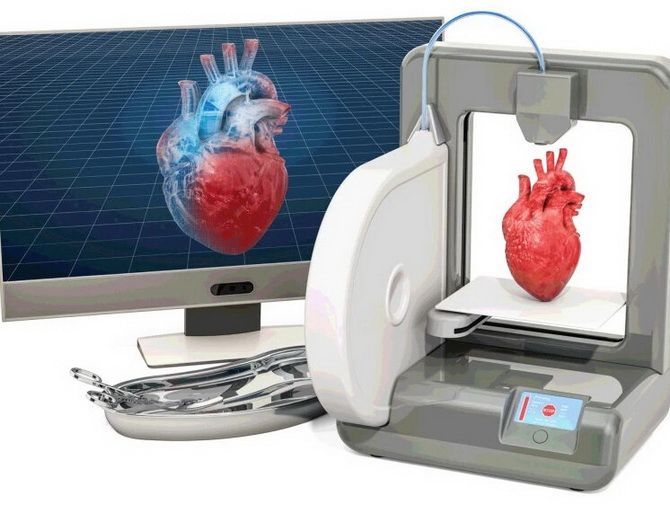
For example, to create an ear on a 3D printer, you will need a polymer hydrogel, which is coated with skin cells and chondrocytes (cartilage tissue cells). This is how a soft and porous matrix is formed, exactly resembling the human auricle. Over time, the hydrogel is destroyed under the influence of special bacteria, and only human cells remain in the tissues of the ear. This method allows you to “grow” the ear in just six months.
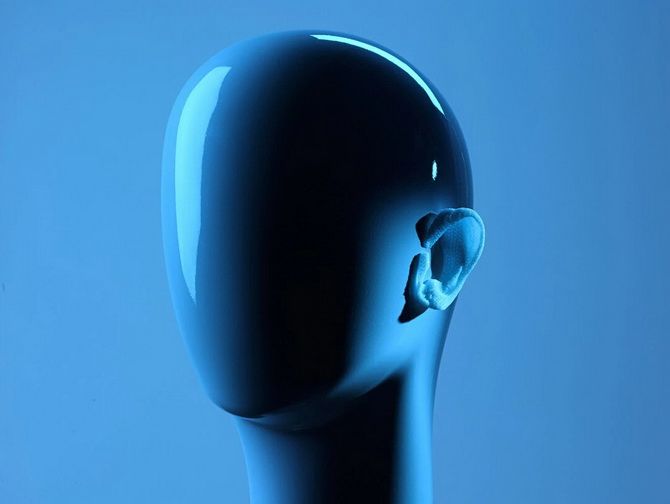
The patient’s stem cells, as well as other biomaterials, are used as ink for a bioprinter. For example, porcine collagen protein. 3D bioprinting will help millions of people receive vital organs without a donor.
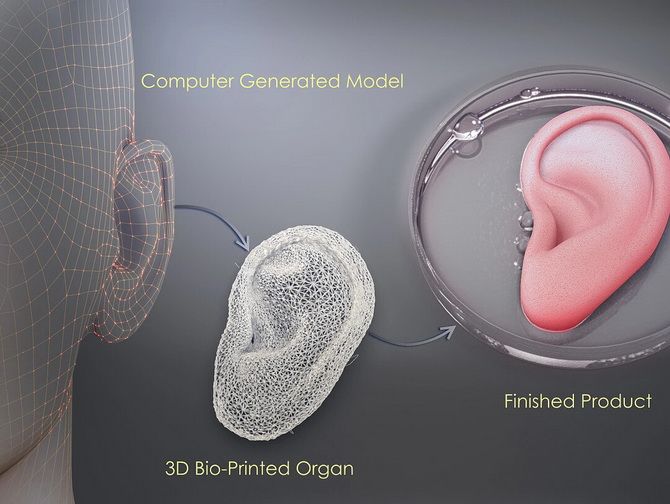
The creation of such “complex” organs as the kidneys or the heart is just a matter of time. To date, the most promising direction is considered to be 3D printing of leather. Already after 5 years, scientists promise that the skin will be created directly on a person, by layering tissues directly on the damaged area.
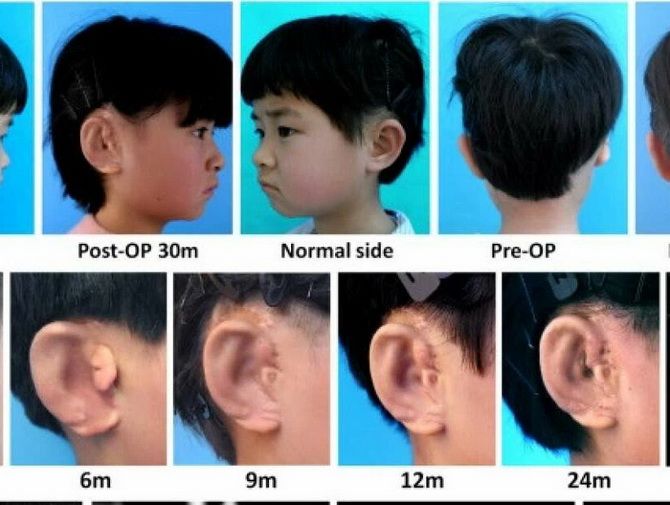




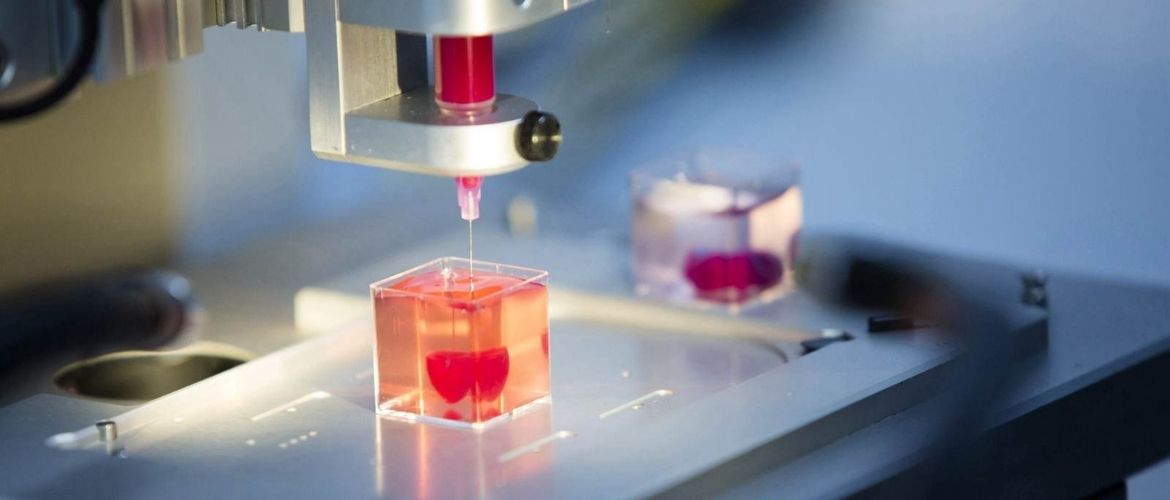


Only registered users can leave comments